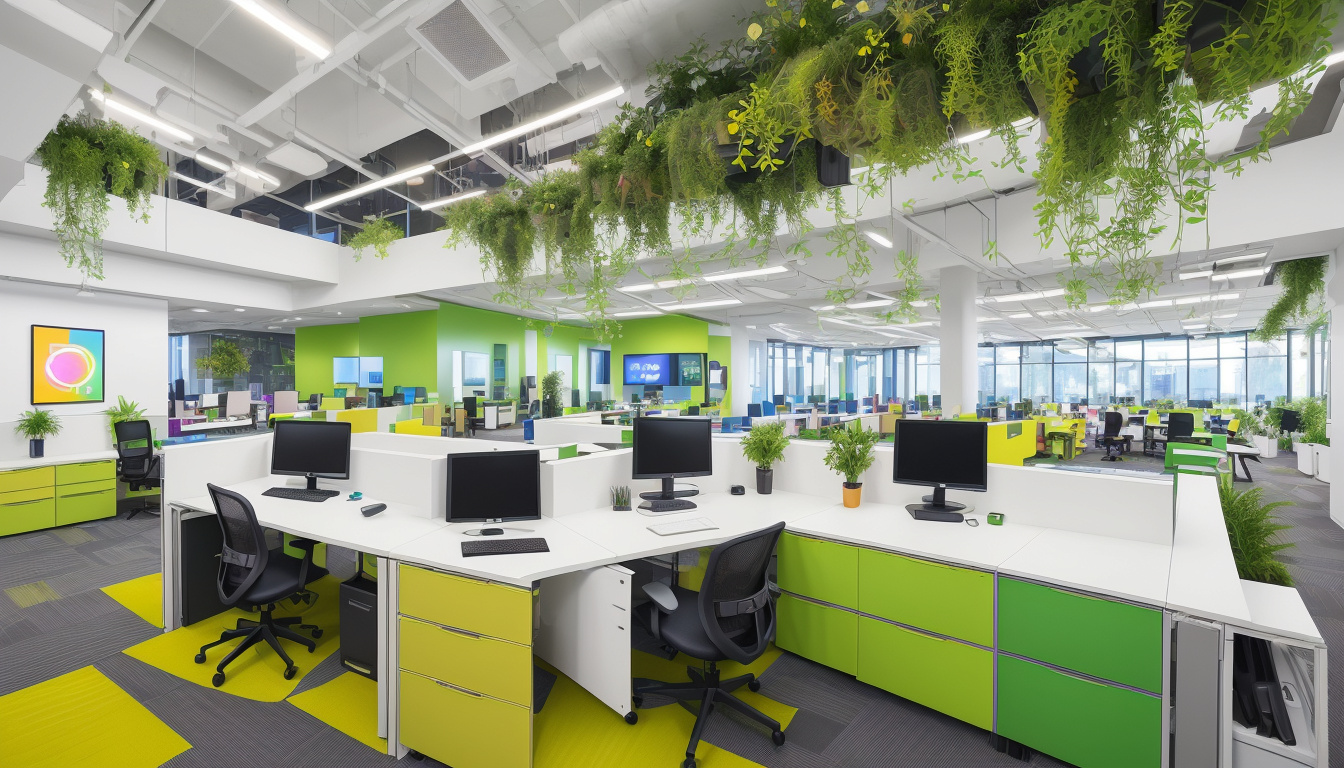‘Employees feel capable and connected’: How Good Technology Boosts Job Satisfaction in Today’s Hybrid Workplace
In the ever-evolving digital landscape, the integration of advanced technology into business operations is no longer optional but essential for organisational survival and success. The Guardian highlights new research emphasizing the critical role that effective workplace technology plays in enhancing employee job satisfaction, especially in the era of hybrid working.
The Post-Pandemic Workplace and Digital Transformation
The COVID-19 pandemic dramatically transformed how businesses operate, accelerating the adoption of hybrid work models that blend remote and in-office work. As a result, employees increasingly depend on technologies that enable seamless remote access, instant collaboration, and reliable support.
Mark Banfield, Chief Commercial Officer at TeamViewer—a company known for remote access software and augmented reality (AR) tools—explains that good technology can empower employees by removing obstacles that hinder productivity. “When technology functions well, it’s almost invisible,” Banfield says. “It simply allows people to focus, collaborate, and be productive without friction. But when technology breaks down, productivity declines, frustration grows, and valuable time is lost.”
The Cost of Digital Friction
Employees commonly report frustrations with workplace technology such as slow, unreliable systems, poor integration between tools, and lengthy delays in getting support when problems arise. These issues generate what Banfield calls “digital friction,” which can severely impact both productivity and employee engagement.
To combat these challenges, companies are turning to unified platforms offering proactive monitoring, instant remote assistance, and seamless device management. TeamViewer’s new platform, TeamViewer ONE, exemplifies this approach by simplifying technology use so employees can remain focused on their tasks without interruptions.
A Key Factor in Talent Retention
Investing in technology that enhances the digital employee experience (DEX) is proving to be a decisive advantage in attracting and retaining top talent. With the lines between personal and professional tech expectations blurring, employees expect workplace tools to match the reliability and ease of use of their personal devices.
Banfield notes, “Employees expect their workplace tech to work just as well as the tools they use in their personal lives. When it doesn’t, it creates friction that affects performance, morale, and even retention.” Effective technology supports productivity unobtrusively, operates reliably, and fosters a sense of connection and capability among employees—even in remote settings.
Proactive IT Support in Action: A Case Study
One example of proactive digital transformation comes from RLI Insurance, a U.S. specialty insurer. Facing challenges with reactive IT support and limited visibility into endpoint performance, RLI implemented TeamViewer’s DEX platform to monitor and resolve technology issues before employees are impacted.
Jeremy Roberts, RLI’s IT Manager for technology support, describes how this approach transformed their operations: “We didn’t have to get a call; we detected the issues first.” Continuous microtransactions test device functions in real time, enabling the IT team to address potential problems swiftly and minimize downtime.
Training and Empowering Employees with New Technologies
The benefits of technology go beyond just preventing interruptions; they also include empowering employees through training and support. Research commissioned by TeamViewer shows that employee empowerment is the most critical theme in digital transformation readiness. Providing tools like TeamViewer’s Frontline, which leverages augmented reality to allow experts to guide workers remotely by seeing exactly what they see, is a powerful example.
A Future Focused on Employee-Centric Technology
Experts agree that the future of workplace technology lies in designing tools around employee needs and workflows—not forcing people to adapt to outdated or cumbersome systems. Banfield stresses, “The key is to design technology with the employee experience at the centre, not as an afterthought. That means implementing intuitive, responsive tools tailored to real-world work, supported by continuous feedback and analytics.”
Businesses embracing this mindset foster cultures of innovation and adaptability, maximizing the advantages of digital transformation while boosting employee satisfaction, engagement, and productivity.
As hybrid working becomes a permanent feature of modern business, the link between good technology and positive employee experience is clearer than ever. By investing in proactive, seamless, and user-friendly digital workplace solutions, organisations can ensure their employees feel capable, connected, and empowered to do their best work every day.










